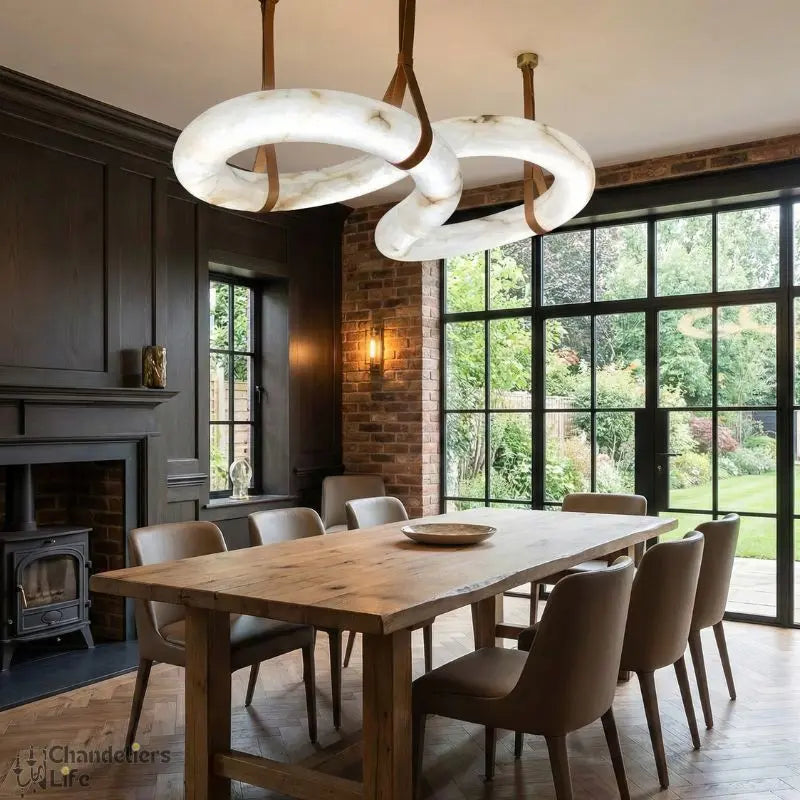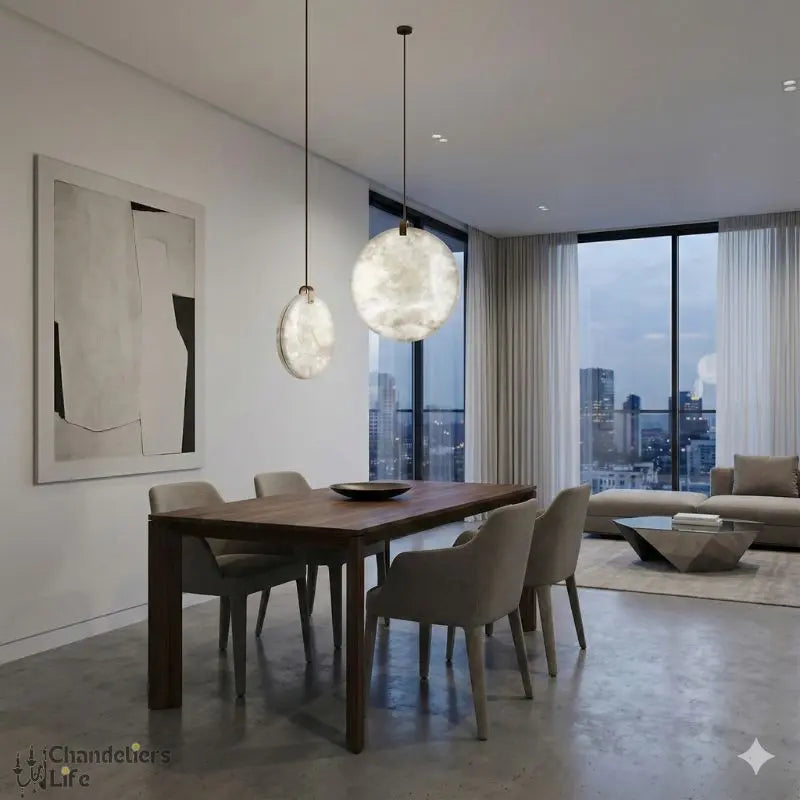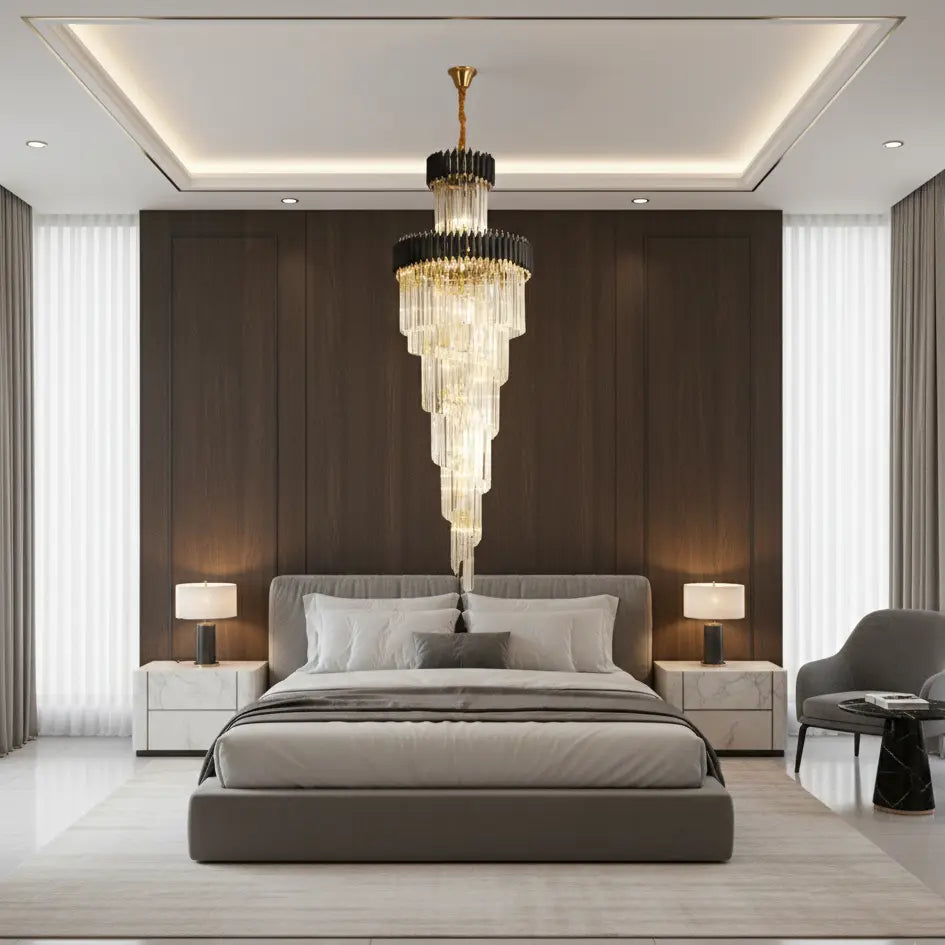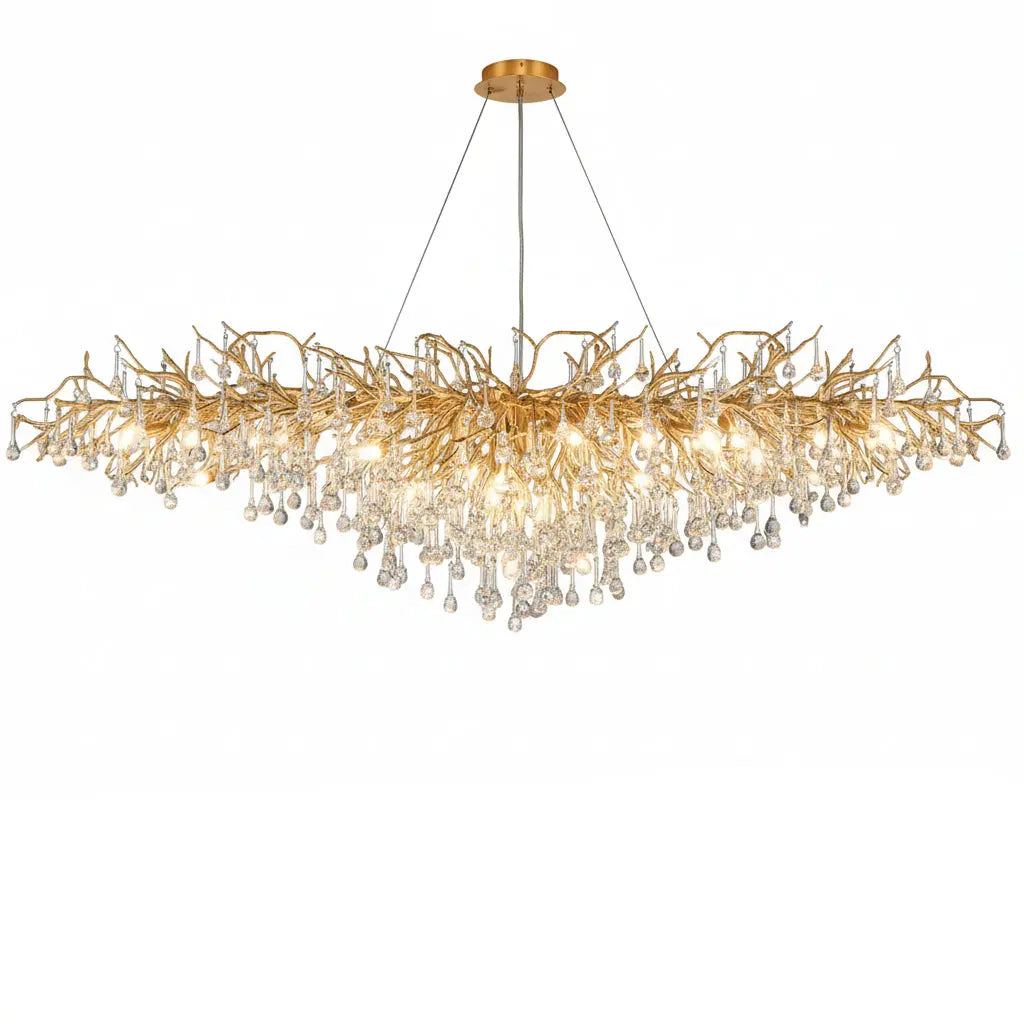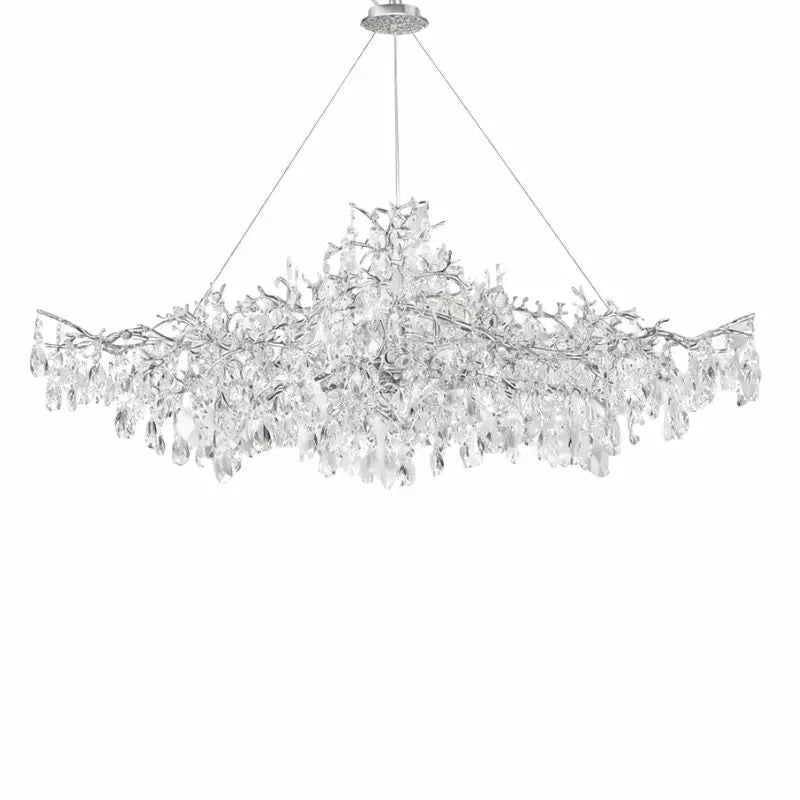The world of lighting is changing rapidly, especially with the rise of LED technology. This shift is not just about brighter lights; it's about creating a more sustainable future. LED lighting is becoming popular because it uses less energy, lasts longer, and is better for the environment. In this article, we will explore how LED manufacturers are leading the way in innovation and sustainability, the role of government regulations, and what the future holds for lighting solutions.
Key Takeaways
- LED lighting is more energy-efficient than traditional bulbs, helping save electricity and reduce bills.
- Many LED manufacturers are using recycled materials and eco-friendly methods to make their products.
- Smart lighting systems are becoming common, allowing users to control their lights more effectively and save energy.
- Government rules are encouraging the switch to LED lighting by setting energy standards and offering incentives.
- The future of LED lighting looks bright, with ongoing advancements and growing awareness about environmental issues.
Innovations in Sustainable Lighting Design
As the need for eco-friendly lighting grows, LED manufacturers are stepping up with innovative designs. They are increasingly using recycled materials in their products, which helps reduce waste and environmental impact. Here are some key areas of innovation:
Incorporating Recycled Materials
- Many manufacturers are now using materials that can be recycled, which helps in reducing the overall carbon footprint.
- This practice not only conserves resources but also promotes a circular economy.
- Recycling initiatives are becoming a standard in the industry, encouraging more sustainable practices.
Eco-Friendly Production Methods
- Companies are adopting cleaner production techniques to minimize pollution.
- Energy-efficient processes are being implemented to lower energy consumption during manufacturing.
- Sustainable sourcing of materials is also a focus, ensuring that the raw materials used are responsibly obtained.
Smart Lighting Systems
- The rise of smart lighting systems allows users to control their lighting more efficiently.
- These systems can adjust brightness based on the time of day or occupancy, leading to significant energy savings.
- Integration with home automation systems is becoming common, making it easier for consumers to manage their energy use.
Custom and OEM Solutions
- Manufacturers are offering tailored solutions to meet specific customer needs, enhancing flexibility.
- Original Equipment Manufacturer (OEM) partnerships are growing, allowing for more innovative designs.
- This approach helps in creating unique products that cater to diverse market demands.
The shift towards sustainable lighting design is not just a trend; it’s a necessary step for a healthier planet. By focusing on innovative designs and eco-friendly practices, the LED lighting industry is paving the way for a brighter, more sustainable future.
The Role of Government Regulations
Government rules and initiatives are essential for encouraging the use of energy-saving lighting technologies. These regulations help shape the market by promoting LED lighting in homes, businesses, and industries. Here are some key areas where government action is impactful:
Energy Efficiency Standards
- Governments set minimum energy efficiency standards for lighting products.
- These standards ensure that only energy-efficient options, like LEDs, are available in the market.
- Compliance with these standards helps reduce overall energy consumption.
Incentives for LED Adoption
- Many countries offer financial incentives to encourage people to switch to LED lighting.
- These incentives can include tax credits, rebates, or grants for purchasing energy-efficient products.
- Such programs make it easier for consumers and businesses to choose sustainable options.
Impact on Residential Applications
- Regulations often target residential lighting to promote energy savings in homes.
- Homeowners are encouraged to replace old bulbs with LEDs through various programs.
- This shift not only saves money on electricity bills but also contributes to a greener environment.
Impact on Commercial and Industrial Applications
- Businesses are also affected by regulations that promote energy-efficient lighting.
- Many companies are required to upgrade their lighting systems to meet new standards.
- This transition can lead to significant cost savings and a reduction in carbon footprints.
By setting clear guidelines and providing incentives, governments can accelerate the shift towards sustainable lighting solutions, helping to protect our planet for future generations.
The Future of LED Lighting and Environmental Sustainability
As we look ahead, the LED lighting industry is set to lead the way in promoting environmental sustainability. With ongoing advancements in technology and a rise in consumer awareness about environmental issues, LED lighting is expected to become even more common and accessible. This shift will help in reducing energy consumption and carbon emissions globally.
Advancements in LED Technology
- Improved Efficiency: New technologies are making LEDs even more energy-efficient.
- Smart Features: Many LED systems now come with smart technology that allows users to control lighting remotely, optimizing energy use.
- Integration with Renewable Energy: LEDs can easily be paired with solar power systems, enhancing their sustainability.
Growing Consumer Awareness
- Education on Benefits: More people are learning about the advantages of LED lighting, such as lower energy bills and longer lifespan.
- Demand for Eco-Friendly Products: Consumers are increasingly seeking products that are environmentally friendly, pushing manufacturers to innovate.
- Community Initiatives: Local programs are encouraging the switch to LED lighting, further raising awareness.
Global Energy Consumption Reduction
- Significant Savings: Transitioning to LED lighting can lead to a reduction of up to 80% in energy use compared to traditional bulbs.
- Widespread Adoption: As more households and businesses switch to LEDs, the overall energy demand will decrease.
- Support for Sustainable Practices: Governments and organizations are promoting LED lighting as part of their sustainability goals.
Carbon Emissions Reduction
- Lower Emissions: By using less energy, LEDs contribute to a decrease in carbon emissions.
- Longer Lifespan: LEDs last much longer than traditional bulbs, which means fewer replacements and less waste.
- Recycling Programs: Many manufacturers are implementing recycling initiatives to ensure responsible disposal of old lighting products.
The shift towards LED lighting is not just a trend; it is a crucial step towards a more sustainable future. By embracing these technologies, we can significantly reduce our environmental footprint and promote a healthier planet.
In summary, the future of LED lighting is bright, with innovations and consumer awareness driving the industry towards a more sustainable path. As we continue to embrace these changes, we can look forward to a greener, more energy-efficient world.
Top LED Lighting Manufacturers Leading the Industry
The LED lighting industry is thriving, with several key players leading the way. These manufacturers are not just producing lights; they are shaping the future of sustainable illumination. Here are some of the top manufacturers:
Philips Lighting (Signify)
- Founded in 1891, Philips has a long history in lighting.
- Known for innovative designs and energy-efficient products.
- Focuses on smart lighting solutions that enhance user experience.
Osram
- A pioneer in the lighting industry, Osram specializes in high-quality LED products.
- Committed to sustainability and reducing energy consumption.
- Offers a wide range of lighting solutions for various applications.
Cree
- Renowned for its cutting-edge LED technology.
- Focuses on performance and energy efficiency.
- Provides solutions for both residential and commercial markets.
Nichia Corporation
- A leader in LED chip technology, Nichia is known for its high-quality products.
- Innovates in the field of blue and white LEDs.
- Committed to environmental sustainability through energy-efficient lighting.
The competition among these manufacturers drives innovation, leading to better products and more sustainable practices in the lighting industry.
In summary, these top manufacturers are not only leading the market but also setting standards for sustainability initiatives and customer-centric approaches in LED lighting.
The Rise of New LED Lighting Manufacturers
The LED lighting market is seeing a surge in new manufacturers who are bringing fresh ideas and approaches to the industry. These companies are focusing on innovative designs that not only meet consumer needs but also promote sustainability.
Innovative Designs
- New manufacturers are creating unique lighting solutions that stand out in the market.
- They often use high lumen LED ceiling lights that are perfect for industrial buildings, enhancing both safety and productivity.
- Many designs incorporate smart technology, allowing users to control lighting remotely.
Customer-Centric Approaches
- Feedback-Driven Development: Many new companies prioritize customer feedback to improve their products.
- Personalized Solutions: They offer customized lighting solutions tailored to specific needs.
- Engagement: These manufacturers actively engage with their customers through social media and community events.
Flexibility and Customization
- New manufacturers are more adaptable to changes in market demand.
- They provide options for customization, allowing customers to choose features that best suit their needs.
- This flexibility helps them compete with larger, established companies.
Sustainability Initiatives
- Many new players in the market are committed to eco-friendly practices.
- They focus on using recycled materials in their products and adopting eco-friendly production methods.
- Their sustainability efforts not only help the environment but also attract environmentally conscious consumers.
The rise of new LED lighting manufacturers is reshaping the industry, making it more innovative and sustainable. Their focus on customer needs and eco-friendly practices is paving the way for a brighter future in lighting.
The Environmental Impact of Traditional Lighting
Traditional lighting sources, like incandescent and fluorescent bulbs, have significant downsides. These technologies waste a lot of energy, which leads to higher carbon emissions and worsens climate change. Additionally, many of these bulbs contain harmful materials, such as mercury, which can be dangerous for both people and the environment if not disposed of properly.
Energy Consumption of Incandescent Bulbs
- Incandescent bulbs use about 90% more energy than LED bulbs.
- They typically last only about 1,000 hours.
- This leads to higher electricity bills for households and businesses.
Hazardous Materials in Fluorescent Bulbs
- Fluorescent bulbs contain mercury, which is toxic.
- Improper disposal can lead to environmental contamination.
- Safe recycling options are often limited.
Disposal and Recycling Challenges
- Many traditional bulbs are not recyclable.
- This contributes to landfill waste.
- The lack of recycling programs makes disposal difficult for consumers.
Comparative Analysis with LED Lighting
| Feature | Incandescent Bulbs | LED Bulbs |
|---|---|---|
| Energy Consumption | High | Low |
| Lifespan (hours) | 1,000 | 25,000 |
| Hazardous Materials | Yes (mercury) | No |
| Recycling Availability | Limited | High |
Transitioning to LED lighting can significantly reduce energy use and environmental harm, making it a smart choice for modern homes and businesses.
In summary, the environmental impact of traditional lighting is substantial, and switching to more sustainable options like LED lighting is essential for a healthier planet.
Energy Efficiency and Carbon Reduction with LED Lighting
Energy Savings
LED lighting is a game changer when it comes to saving energy. Here are some key points:
- LEDs use up to 80% less energy than traditional incandescent bulbs.
- They last up to 25 times longer, which means fewer replacements.
- This leads to significant savings on electricity bills.
Longer Lifespan of LED Bulbs
LED bulbs are not only energy-efficient but also durable. Their lifespan can reach up to 25,000 hours, compared to just 1,000 hours for incandescent bulbs. This longevity reduces waste and the need for frequent replacements.
Lower Electricity Bills
Switching to LED lighting can lead to lower electricity costs. For example, a household that replaces 10 incandescent bulbs with LEDs can save around $100 per year on energy bills.
Contribution to Climate Change Mitigation
By using LED lighting, we can help reduce carbon emissions. Here’s how:
- Lower energy consumption means less demand on power plants.
- Reduced reliance on fossil fuels leads to fewer greenhouse gases.
- Every LED bulb used contributes to a smaller carbon footprint.
The shift to LED lighting is not just about saving money; it's about making a positive impact on our planet's health. Innovative designs and sustainable practices are paving the way for a brighter, greener future.
Switching to LED lighting is a smart choice for both your wallet and the planet. These lights use less energy, which means lower bills and a smaller carbon footprint. If you're ready to make a positive change, visit our website to explore our stunning range of LED options!
Conclusion
In conclusion, the LED lighting industry is growing rapidly, driven by a strong focus on innovation and sustainability. The leading manufacturers in this field have not only adopted LED technology but have also significantly influenced how the industry operates. As we move towards more energy-efficient and eco-friendly lighting options, these companies are expected to lead the way in new developments in LED technology. Additionally, we should keep an eye on emerging companies that are making waves with their creative and stylish LED designs. These newer players often offer more personalized service and flexibility compared to the larger, established brands.
Frequently Asked Questions
What are LED lights and why are they better for the environment?
LED lights are a type of lighting that uses less energy than traditional bulbs. They last longer and reduce carbon emissions, making them better for the planet.
How do LED lights save energy?
LED lights are designed to use up to 80% less energy than regular incandescent bulbs. This means lower electricity bills and less energy waste.
Are LED lights safe to use?
Yes, LED lights are safe. Unlike some traditional bulbs, they do not contain harmful materials like mercury.
What is the lifespan of LED bulbs?
LED bulbs can last up to 25 times longer than regular bulbs, which means you won't have to replace them as often.
How can I recycle LED lights?
Many cities have recycling programs for LED lights. You can also check with the manufacturer for specific recycling options.
What are some benefits of switching to LED lighting?
Switching to LED lighting can save money on energy bills, reduce your carbon footprint, and decrease the amount of waste produced.







